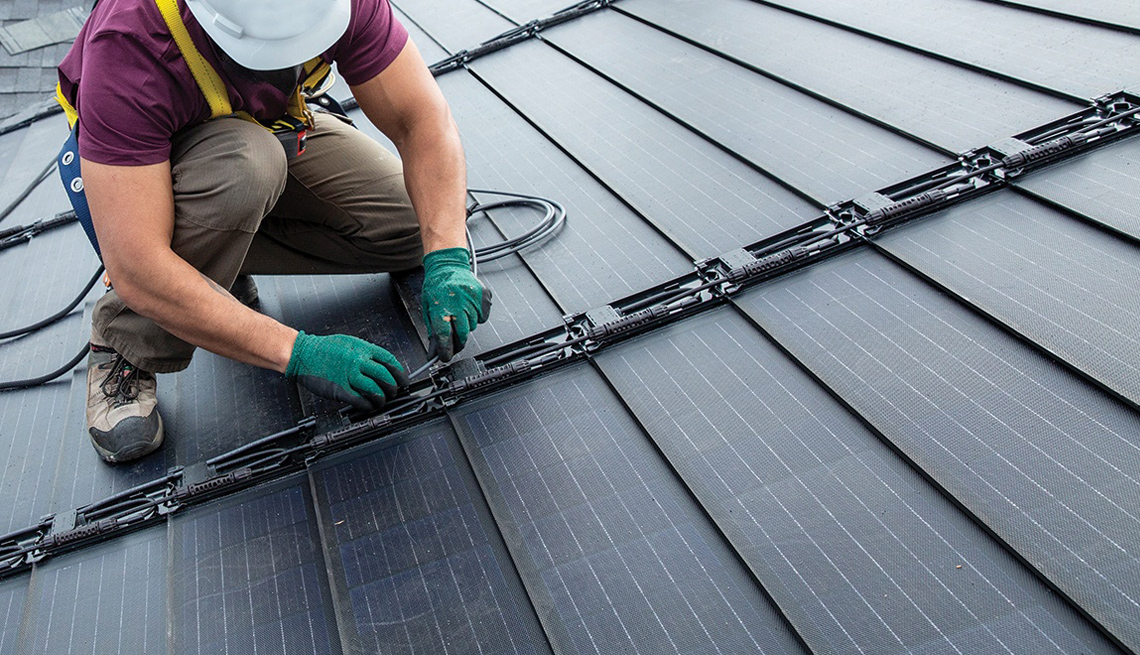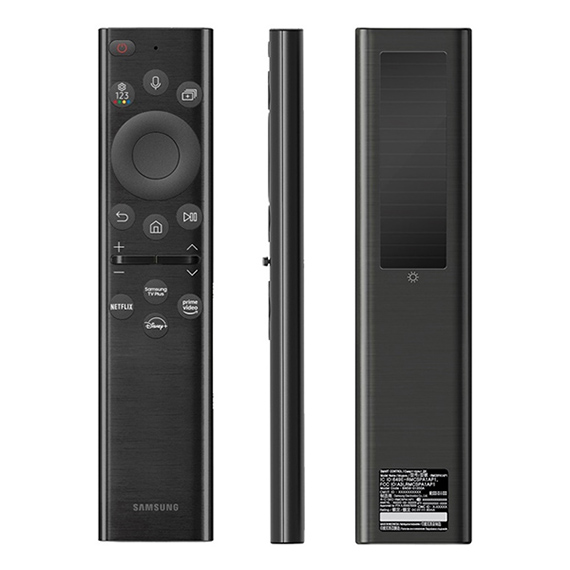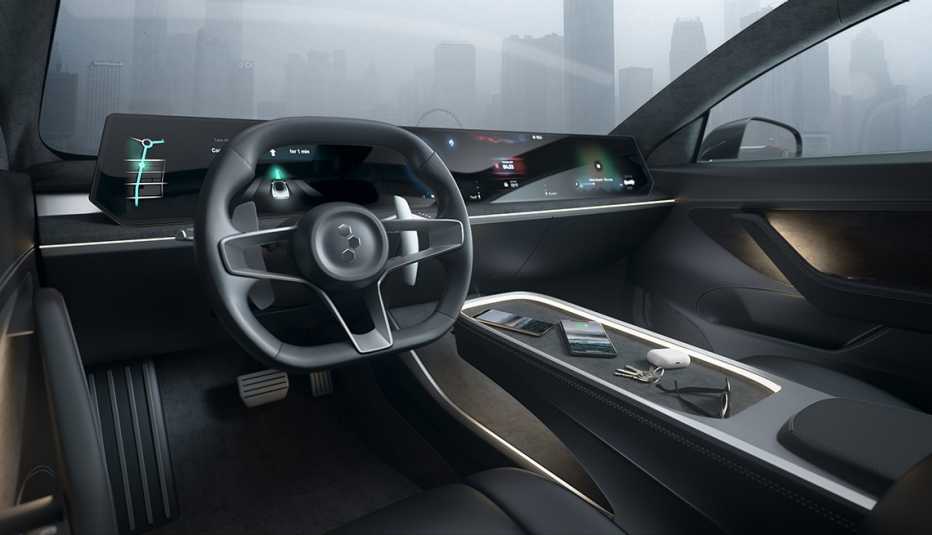Staying Fit
The way we juice up our devices, cars, even entire homes, runs the gamut, but one thing remains constant: our basic desire to charge things without having to fret about batteries that are about to peter out or wreck the environment.
For most of us, the less we think about charging or replacing batteries, the better. That’s especially true as people age.


AARP Membership— $12 for your first year when you sign up for Automatic Renewal
Get instant access to members-only products and hundreds of discounts, a free second membership, and a subscription to AARP the Magazine.
“Your gadgets and things are there to take care of you, not you take care of your gadgets,” says Charlie Greene, chief operating and technical officer of Powercast Corp. The Pittsburgh-based “over-the-air” power company is exhibiting this week in Las Vegas at CES, formerly the Consumer Electronics Show, demonstrating how devices such as electric toothbrushes and 3D printed medical-based wearables developed by the University of Arizona can be charged wirelessly by being placed within a few feet of a transmitter.
Power to change personal transportation
Several other companies are showcasing products and technologies that are variations on the power theme.
Japanese electronics giant Sony unveiled an all-electric Sony Vision-S 02 SUV concept car. In launching a new company called Sony Mobility, Sony signaled it is ready to plunge into the electric vehicle (EV) market.
A more traditional automaker, BMW, is generating buzz at CES for another reason. At the push of a button, BMW's electric concept SUV changes its exterior color. The BMW iX Flow employs a coat of the same kind of E Ink technology that has been used for years in e-readers.
While it’s not all about the aesthetics, the ability to change a car's hue on a whim might reduce some of the stress buyers feel when they can’t decide between a blue model and a black one. But a functional element is also at work that ties in with saving power.





































































